The German Spitz is a distinctive breed known for its striking appearance, lively personality, and versatile nature. This breed encompasses several varieties, each with its own unique traits, but all share a common heritage and general characteristics. In this guide, we’ll delve into the German Spitz’s history, physical features, temperament, care needs, and more, offering a comprehensive look at what makes this breed so special.
History of the German Spitz
The German Spitz is an ancient breed with roots tracing back to the Arctic regions. This breed has been present for thousands of years, with evidence suggesting that it originated from spitz-type dogs used by early Europeans. The German Spitz was used primarily as a guard dog and companion, and over time, it evolved into various sizes and forms.
The breed gained prominence in Germany, where it was recognized and categorized into different types based on size. The German Spitz’s lineage includes several related breeds, such as the Pomeranian, the Keeshond, and the Alaskan Klee Kai. Each variety of the German Spitz shares a common ancestor but has developed distinct characteristics suited to different roles and environments.
Physical Characteristics
Size and Build
The German Spitz is a small to medium-sized dog with a compact and sturdy build. It comes in four main sizes:
- Wolfspitz (Keeshond): The largest, weighing between 26 to 44 pounds.
- Giant Spitz: Ranges from 20 to 35 pounds.
- Medium Spitz: Weighs between 15 to 25 pounds.
- Miniature Spitz: The smallest, weighing from 8 to 18 pounds.
Despite the size differences, all German Spitz breeds share a similar overall appearance, including a balanced, square build and an elegant, proud stance.
Coat and Color
One of the most striking features of the German Spitz is its double coat. The breed has a dense, fluffy undercoat and a long, straight outer coat that stands out from the body. The coat forms a characteristic ruff around the neck, giving the German Spitz its distinctive silhouette.
The breed comes in various colors, including black, white, orange, sable, and gray. Each color can have variations in shade and intensity, adding to the breed’s diverse appearance.
Face and Ears
The German Spitz has a fox-like face with a pointed muzzle and dark, almond-shaped eyes that give it an alert and intelligent expression. The ears are erect and triangular, contributing to the breed’s keen and attentive look. The tail is bushy and carried over the back, adding to the breed’s distinctive appearance.
Temperament and Behavior
Lively and Energetic
German Spitz dogs are known for their high energy levels and playful nature. They are enthusiastic and enjoy engaging in various activities, from running and playing fetch to participating in agility training. Their lively disposition makes them excellent companions for active individuals and families.
Intelligent and Trainable
This breed is highly intelligent and eager to learn, making training relatively straightforward. They excel in obedience training and can quickly pick up new commands and tricks. However, their intelligence also means they can be somewhat stubborn, so consistent, positive reinforcement training is essential.
Loyal and Affectionate
German Spitz dogs form strong bonds with their families and are known for their loyalty. They are affectionate and enjoy spending time with their owners, whether it’s cuddling on the couch or participating in family activities. Their loving nature makes them great companions for people of all ages.
Alert and Protective
German Spitz dogs are naturally alert and have a strong protective instinct. They make excellent watchdogs, as they are quick to alert their owners to any unfamiliar sounds or activities. While they are generally friendly, their protective nature means they may be cautious or reserved around strangers.
Care Requirements
Exercise Needs
German Spitz dogs are energetic and require regular exercise to stay healthy and happy. Daily walks, playtime, and mental stimulation are important to keep them physically fit and mentally engaged. They thrive in environments where they can be active and interact with their owners.
Grooming
The German Spitz’s double coat requires regular grooming to prevent matting and maintain its appearance. Weekly brushing is necessary to remove loose hair and keep the coat looking its best. During shedding periods, more frequent brushing may be needed to manage the increased amount of loose fur.
Diet
A well-balanced diet is essential for the German Spitz’s health. High-quality dog food that provides the right nutrients, vitamins, and minerals is important for their overall well-being. Be mindful of portion sizes to avoid overfeeding, as this breed can be prone to weight gain if not monitored.
Health Concerns
German Spitz dogs are generally healthy, but they can be prone to certain health issues, including:
- Patellar Luxation: This condition involves the dislocation of the kneecap, which can cause discomfort and mobility issues. Regular vet check-ups can help monitor and manage this condition.
- Dental Problems: The breed may be susceptible to dental issues due to their small size and dental structure. Regular dental care, including brushing and professional cleanings, can help prevent dental problems.
- Skin Allergies: Some German Spitz dogs may develop skin allergies, leading to itching and discomfort. Identifying and avoiding allergens, along with regular grooming, can help manage these issues.
Living with a German Spitz
German Spitz dogs are adaptable and can thrive in various living environments, from apartments to houses with yards. They are generally good with children and can get along well with other pets, especially if properly socialized from an early age.
Training and Socialization
Early socialization and training are crucial for a well-adjusted German Spitz. Introducing them to different people, pets, and environments during their formative months helps them develop confidence and good behavior. Consistent, positive reinforcement techniques work best with this breed, as they respond well to praise and rewards.
Conclusion
The German Spitz is a versatile and charming breed with a rich history and a range of appealing characteristics. Whether you’re drawn to their striking appearance, lively personality, or intelligent nature, the German Spitz makes a wonderful companion for many types of households. Understanding their needs and characteristics will help ensure a happy and healthy life for your German Spitz, making them a delightful addition to your family.





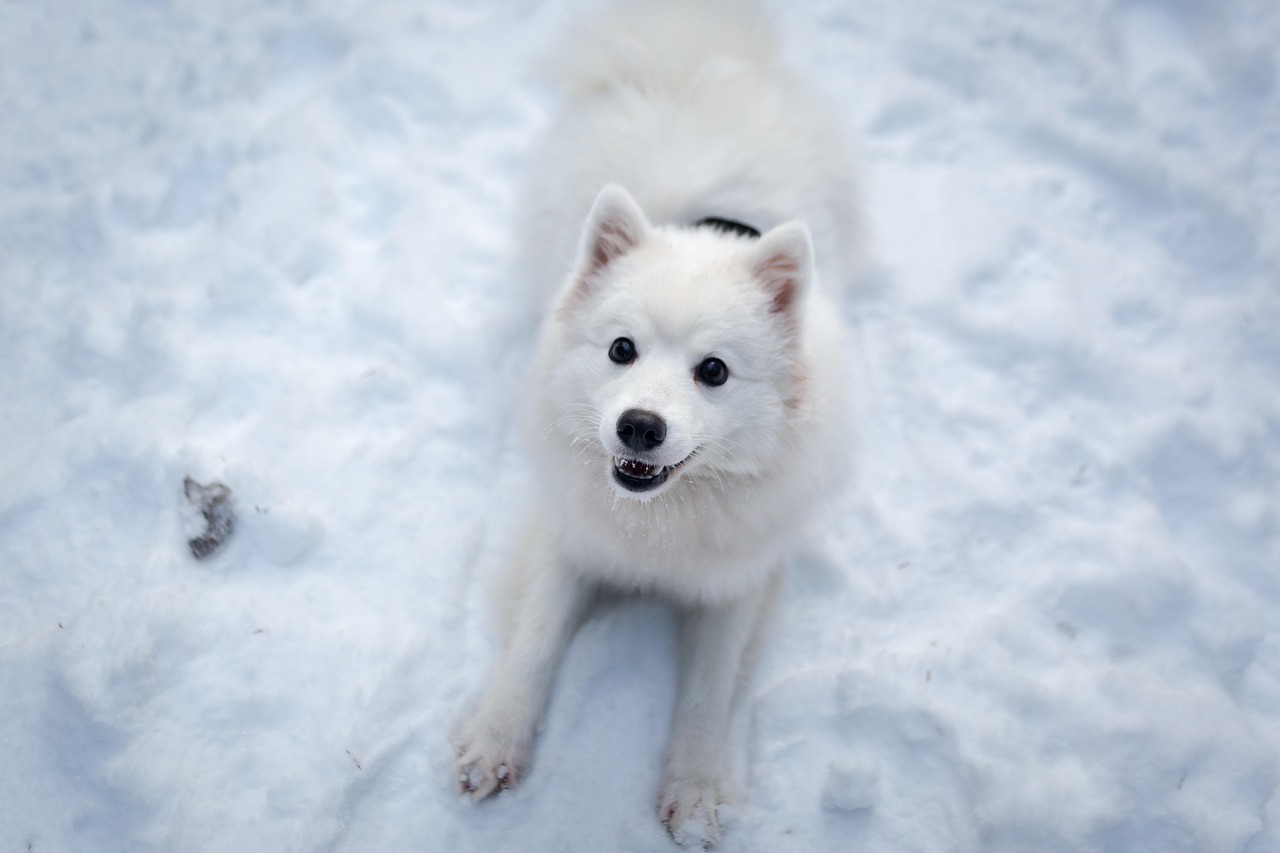

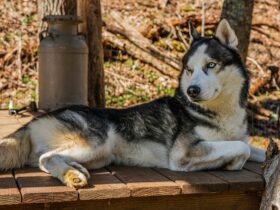
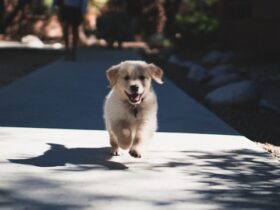
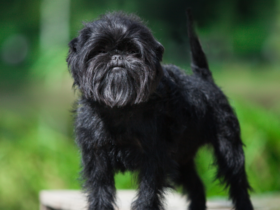
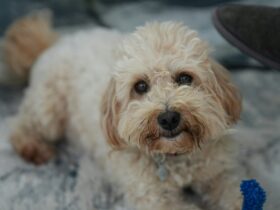
Leave a Reply